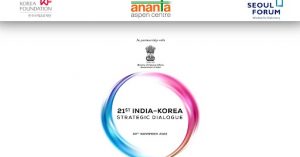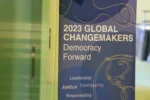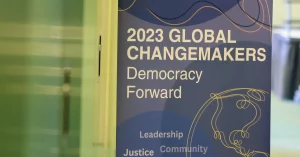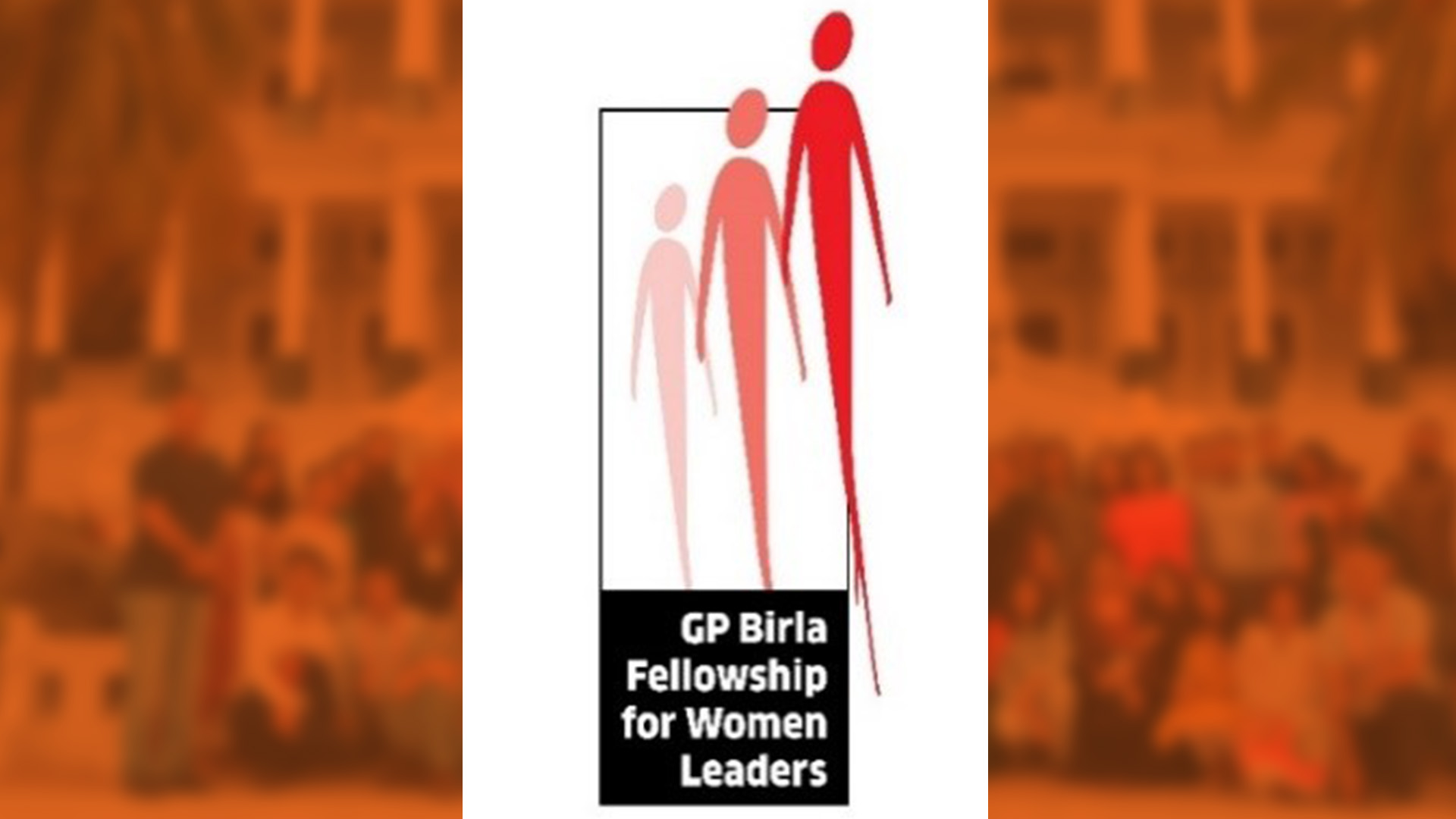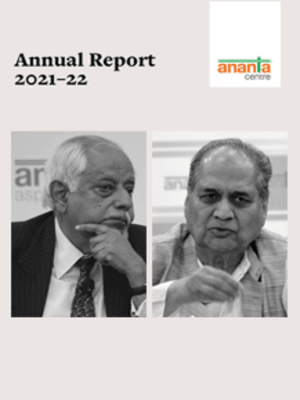India is placed in a neighbourhood which has shared civilization ties, cultural heritage and values, religious and linguistic affinities. Despite these similarities, history has shown us that countries in this region have had many ups and downs in their relations. Within this complex region India is the largest country and has always reiterated on the importance of building strong relationships with its neighbourhood to not just promote their development but progress within the whole region. It is against this backdrop of promoting neighbourhood growth that Ananta Aspen Centre held a digital session on ‘What next for Neighbourhood First’ with Foreign Secretary Harsh Vardhan Shringla. This session was moderated by Mr Jamshyd Godrej, Chairman & Managing Director, Godrej & Boyce Manufacturing Co. Ltd; Chairman, Ananta Centre.
India’s future in world affairs is inextricably linked with its neighbouring countries. These nations are strategically important to India due to the deep interconnectedness between geography, culture and history. India’s relations with these neighbouring countries affect India’s states who border these countries and therefore India’s neighbourhood remains the primary diplomatic arena. It is first and foremost amongst India’s foreign policy priorities. The primacy given to the neighbourhood in India’s diplomatic efforts is reflected in Neighbourhood First policy and in the Prime Ministers vision of “Sabka Saath, Sabka Vikas, Sabka Vishvas”. This has become a central pillar of India’s foreign and security policy since 2014.
This was first materialised when an unprecedented invitation was issued to India’s neighbouring heads of state and government in 2014 to attend the swearing-in ceremony of Prime Minister Narendra Modi’s first government. Since then India has interacted with its neighbours more frequently, at all levels, including the highest, and have done so with a constructive and open spirit. Better physical connections have led to more visitations and an increase in buying and selling to each other. Covid-19 promoted further collaboration amongst this neighbourhood as SAARC leaders came together to create the SAARC Emergency Response Fund. It proved to extremely fruitful in supplying medical equipment and pharmaceutical products to neighbours. India’s ‘Vaccine Maitri’ program is another face of putting neighbourhood first as India prioritised its neighbours to become the first recipients of Indian made Covid vaccine.
This is not to say that the political situation in the neighbourhood does not have its challenges. India desires good neighbourly relations with Pakistan and is committed to addressing issues, if any, bilaterally and peacefully. However, any meaningful dialogue can only be held in a conducive atmosphere and the onus is on Pakistan to create such an atmosphere. Developments relating to the Afghan peace process is extremely important and India continue to follow them. The recent developments in Myanmar are a matter of deep concern. India remain concerned that the gains made by Myanmar over the last decades on the path towards democracy, should not be undermined. India have always been steadfast in support to the process of democratic transition in Myanmar for it to emerge as a stable democratic federal union. India’s developmental and humanitarian efforts in Myanmar have been aimed at the socio-economic development of the country. India need to continue with these efforts in the interest of the people of Myanmar. India feel that people on the ground should not suffer. India will continue to closely monitor the situation and remain engaged with like-minded countries to meet the hopes and aspirations of the people of the country. The international community must work together and lend its meaningful support at this critical juncture, so that the people of Myanmar do not suffer.
Economically, India has continued to provide support to its neighbours as its Line of Credit jumped from USD 3.27 billion in 2014 to USD 14.7 billion in 2020. In addition India have undertaken a large number of quick gestation and high impact projects aimed at benefitting people directly in the form of community centres, guest houses and schools. India have started to trade and invest more in each other although there is still a lot of scope in economic collaboration and cooperation. India’s Neighbourhood First policy accordingly has a strong economic dimension and greater economic integration within regions will only be fruitful to the nations in the long run.
In 2018, the Asian Development Bank, quoting the World Economic Forum, described the South Asian region as the world’s fastest growing region. It attributed the high growth rates in South Asia partly to upgraded infrastructure especially in India, Bangladesh and Sri Lanka. The massive investments in infrastructure such as the Chabahar port, and the Zaranj Delaram highway to Afghanistan and Central Asia and the waterways via Ashuganj in Bangladesh have led goods to reach between Tripura and West Bengal. The Kaladan multi-modal transport project and the riverine port in Palewa have eased communication line between the North-East India and South and South-East Asia.
Railways have historically provided the most important mode of transportation across the region. They have a lower carbon footprint than roadways and are usually more economical in moving large volumes of freight. They were used to transport large amounts of medical equipment across the region during the pandemic. Steps have been taken to transform this historical connection into a contemporary network. Majority of the older rail links that linked Bangladesh and India have been reactivated. India and Nepal are now also connected through railway lines. Future plans to enhance connectivity include ports, highways, land ports and check posts as well as air connectivity. India is seeking to enhance people to people contacts as India facilitate easier access to movement within the region.
Energy and electricity are an extremely important point of collaboration in the neighbourhood. Economic growth requires energy. India is promoting easier movement of hydrocarbons across the region. Energy needs to flow freely in the region to catalyse growth. Bulk LPG has been moving between India and Bangladesh since October 2019. A R-LNG cross-border pipeline and LNG terminal are being explored. Renewable Energy is an upcoming sector which has a huge scope of collaboration among this neighbourhood as the world stakes stock of climate change. Grid interconnection is the foundation of any meaningful cooperation in the Electricity sector. The Indian grid is connected to Nepal, Bhutan, Myanmar and Bangladesh through high-capacity connections. An interconnection with Sri Lanka is under discussion. India has taken the lead in creating power capacity that is available to the region. Here private sector participation in the hydropower sector holds enormous promise.
India is the educational hub of the neighbourhood. Tens of thousands of students from the neighbourhood at any given time are enrolled in Indian institutions ranging from primary schools to super-specialised training centres. The Indian Technical and Economic Cooperation programme leverages these strengths. India has also emerged as a healthcare hub for the neighbourhood especially during the pandemic as it provided assistance to its neighbouring island nations early in handling the Covis-19 pandemic. This shows that there is enormous scope in this sector.
In looking to the future, India must play to the strengths that have a resonance in the neighbourhood. India’s resources and our capacities will be used for human development, for sustainable development and for climate goals. Involvement of the private sector and of civil society will help India build strengths as a source of healthcare, of education, of capacities, of content, and of ideas. National development programmes in financial and digital inclusion have a wide resonance in India’s neighbourhood. India will invest in technology as a bridge. It will be increasingly leveraged to deliver development partnership products. BIMSTEC is an important organisation that seeks to promote regional cooperation and will gain importance in the future. As India’s demographics and economies transition, India must continue to remain forward-looking, demand-driven and flexible. Whether it is the blue economy or the digital space, whether it is maritime cooperation or the logistics sector, whether it is joint degree programs, joint research projects or joint campuses, we will remain for opportunity. The momentum of the existing interaction and by working on new areas of cooperation, create a more integrated, better interlinked and prosperous Neighbourhood.
This digital session was a special session with Shri Harsh Vardhan Shringla, Foreign Secretary, Government of India
Please watch the full session on Youtube:-






